Featured Articles
When using the utility: Disk Cleanup on my Dell laptop, by default, the following files are automatically selected to be deleted:
- Downloaded Program Files
- Temporary Internet Files
- Windows Update Cleanup
- Thumbnails
Is it safe to delete Windows Update Cleanup when using Disk Cleanup without damaging the PC? The Disk Cleanup tool warns NOT TO DELETE: Service Pack Backup files but gives no such warning about any of the other files that can be manually selected to delete. Thanks, looking To Clean Up This PC, thanks for taking the time to read/ reply."
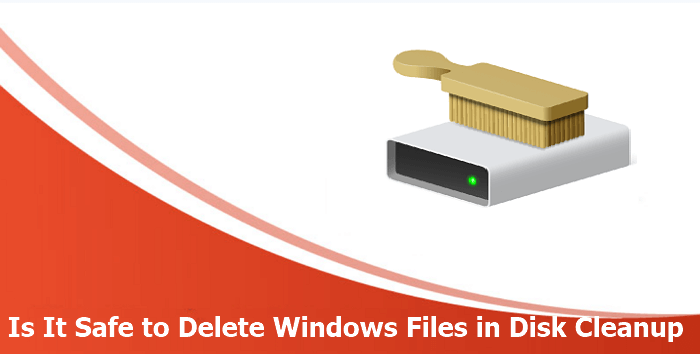
Everything About Disk Cleanup in Windows 11/10
When you get a message that says your PC is running out of space, you may be suggested to use Windows DiskCleanup that can free up a lot of space on your PC running Windows. What is DiskCleanup? It is a computer built-in utility included in Microsoft Windows designed to free up disk space on a computer's hard drive. You can launch Disk Cleanup from the Start menu–just search for "Disk Cleanup". This utility searches files that are no longer of any use and then removes the selected unnecessary files. There are several different file categories that Disk Cleanup targets when performing the initial disk scan:
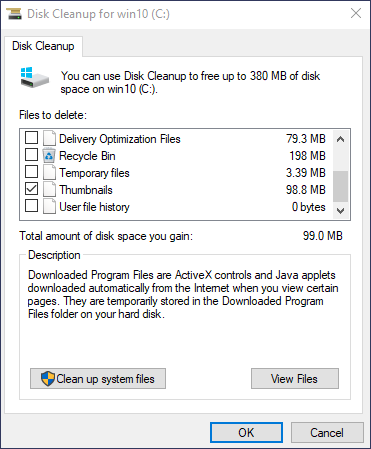
Windows Update Cleanup
When you install updates from Windows Update, Windows keeps older versions of the system files around. This allows you to uninstall the updates later and troubleshoot update-related issues. These files are safe to delete in most cases.
Downloaded Program Files
Downloaded Program Files are Activex controls and Java applets downloaded automatically from the Internet when you view certain pages. They are temporarily stored in the Downloaded ProgramFiles folder on your hard disk. Feel free to delete them.
Temporary Internet Files
The Temporary Internet Files folder contains web pages stored on your hard disk for quick viewing. Your personalized settings for web pages will be left intact. You can clear this to free up space, but your browser cache will automatically fill up again. Note that this only affects Microsoft's browsers.
Delivery Optimization Files
Delivery Optimization files are files that were previously downloaded to your computer and can be deleted if currently unused by the Delivery Optimization service.
Temporary Files
Programs frequently store data in a temporary folder. Check this option and Disk Cleanup will delete temporary files that haven't been modified in over a week.
Recycle Bin
The Recycle Bin contains files you have deleted from your computer. These files are not permanently removed until you empty Recycle Bin.
Thumbnails
Windows keeps a copy of all of your pictures, video, and document in thumbnails so they can be displayed quickly when you open a folder. If you delete these thumbnails, they will be automatically recreated as needed.
Others
- Windows upgrade log files
- System error memory dump files
- System queued Windows Error Reporting
- Device driver packages...
Important! Don't Delete Windows ESD Installation Files
Windows ESD Installation Files also called Windows Electronic Software Download Installation Files store an encrypted Windows Imaging Format. It takes up a few gigabytes of disk space on your Windows PC. You may think that deleting these files will release a lot of free space on your disk. It's not a good idea to delete Windows ESD Installation Files. The Windows ESD installation files are related to the "Reset this PC" feature. They enable you to restore your computer to factory settings.
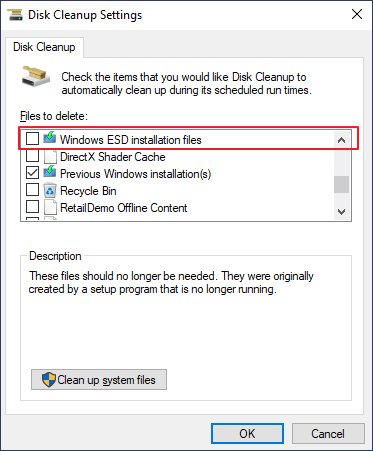
You'd better not delete Windows ESD Installation Files in Disk Cleanup if you want to factory reset your computer.
What to Delete from Disk Cleanup According to the Actual Situation
Most of these files are safe to delete in Disk Cleanup. Given this, when you see the following options in Disk Cleanup, you can choose to delete them according to your actual situation.
- Windows Upgrade Log Files
- Windows Update Cleanup
- System Error Memory Dump Files
- Temporary Windows Installation Files
- Delivery Optimization Files
- DirectX Shader Cache
- Device Driver Packages
- Recycle Bin
You Can Directly Delete These Files in Disk Cleanup - Safe
What kind of files can you delete directly? Except for the Windows ESD Installation Files, if you are not going to downgrade the Windows version, roll back a device driver, uninstall a Windows update, or fix a system issue, it is safe to delete almost all files in Disk Cleanup. But the options below are unimportant. You can delete them to release disk space for new data.
- Temporary Internet Files
- Temporary Files
- Windows Defender
- Thumbnails
How to Recover Mistakenly Deleted Files in Disk Cleanup
What if files are mistakenly deleted in Disk Cleanup? For example, you select the Recycle Bin option in Disk Cleanup and you empty the Recycle Bin after using Disk Cleanup. How can you get back the lost files? You can run EaseUS Data Recovery Wizard. This all-in-one data recovery software can restore lost, deleted, or formatted files from hard drive, SSD, SD card, USB flash drive, and more.
EaseUS Deleted Data Recovery Software
- Retrieve lost data, formatting, system crash, etc.
- It only takes three steps to recover emptied Recycle Bin and other storage devices like hard drives, SSDs, USBs, and more.
- In addition to data recovery, it can also repair videos and photos like MP4, MOV, JPG, JPEG, PNG, etc.
Download this data recovery software and follow these steps to find your needed files.
Step 1. Choose the exact file location and then click the "Search for Lost Data" button to continue.
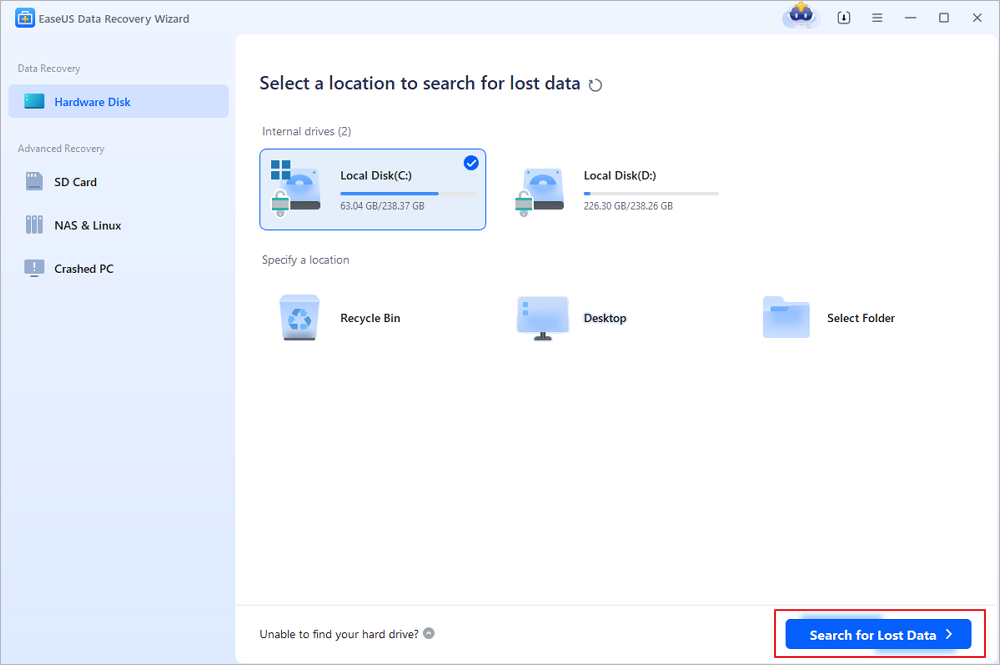
Step 2. After the process, locate the deleted or lost files in the left panel using the "Path" or "Type" feature. Or, you can apply the "Filter" feature to find the deleted files.
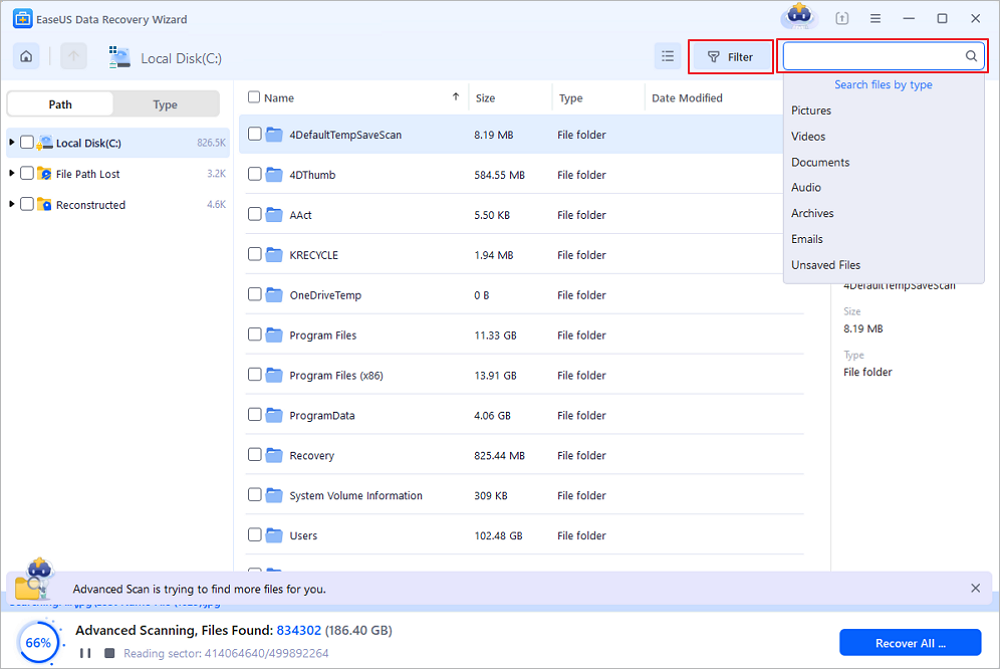
Step 3. Click the "Recover" button and save the restored files – ideally, it should be different from the original one. You can choose a cloud storage, such as OneDrive, Google Drive, etc., and click "Save" to save your recovered files.
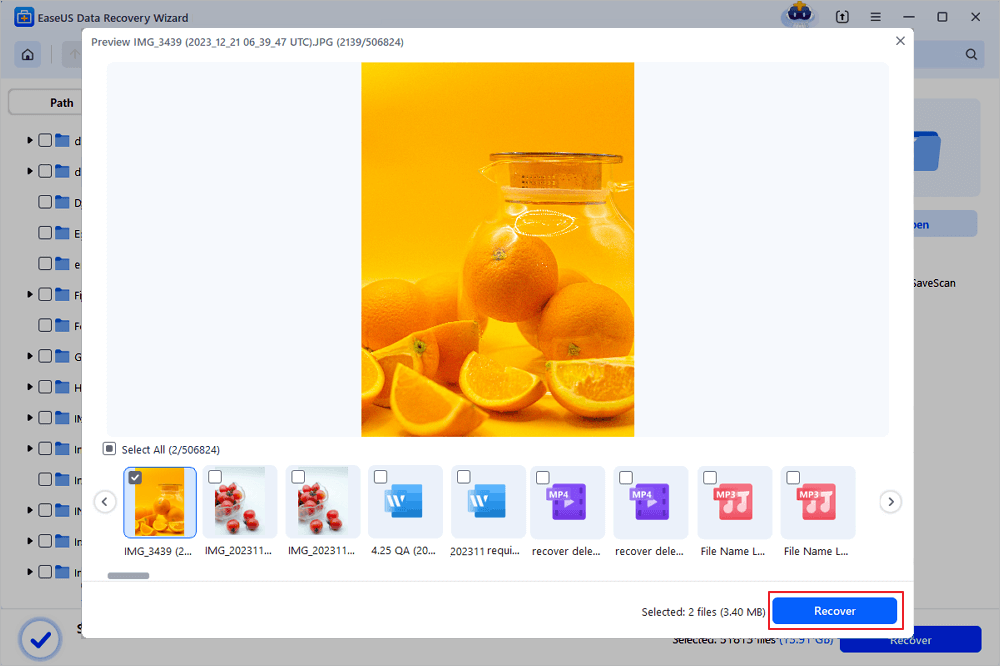
Conclusion
For the most part, the items and files in Disk Cleanup are safe to delete. But if your computer isn't running properly, deleting some of them may prevent you from uninstalling updates, rolling back your operating system, and more. so they're handy to keep around if you have the space. If your computer is running slow, you can delete these files according to the suggestions in this post.
Was This Page Helpful?
Updated by Jerry
"I hope my articles can help solve your technical problems. If you are interested in other articles, you can check the articles at the bottom of this page, and you can also check my Facebook to get additional help."
Approved by Evan Galasso
Evan Galasso is a digital forensics and data recovery engineer with over 10 years of experience in the field. He presents opinions on the current state of storage media, reverse engineering of storage systems and firmware, and electro-mechanical systems of SSDs and HDDs.
Related Articles
-
[Updated 2025] How to Fix Windows 11 Start Menu Not Working
![author icon]() Jaden/Dec 12, 2025
Jaden/Dec 12, 2025 -
How to Fix Media Creation Tool Error Code 0x80072f8f - 0x20000
![author icon]() Dany/Dec 12, 2025
Dany/Dec 12, 2025 -
JPG Recovery: How to Recover Deleted or Lost JPG/JPEG
![author icon]() Daisy/Dec 12, 2025
Daisy/Dec 12, 2025 -
Recover Deleted NetFlix Profile & History
![author icon]() Jean/Dec 12, 2025
Jean/Dec 12, 2025